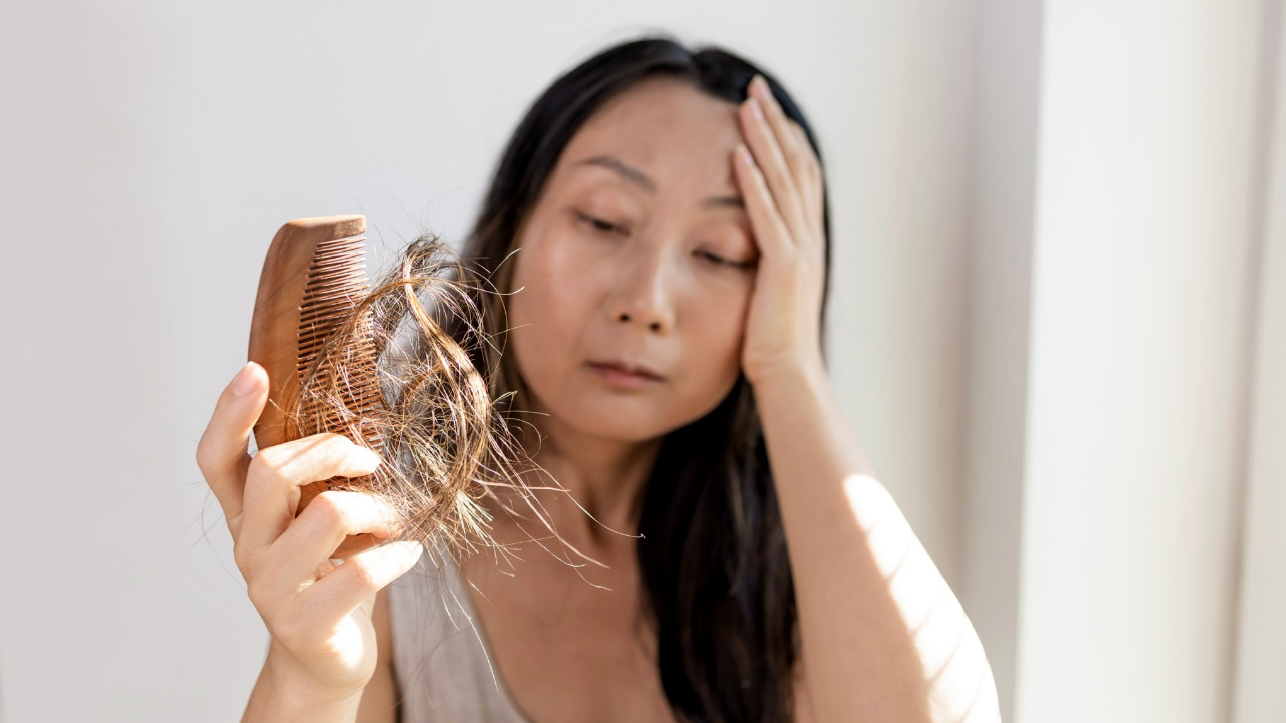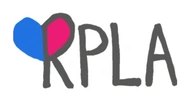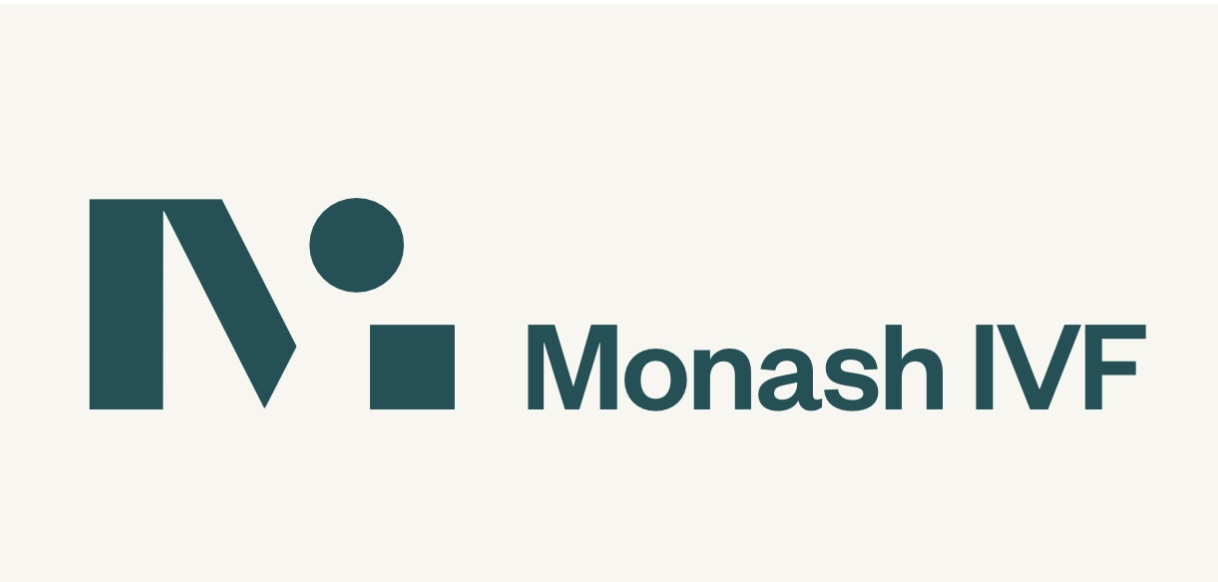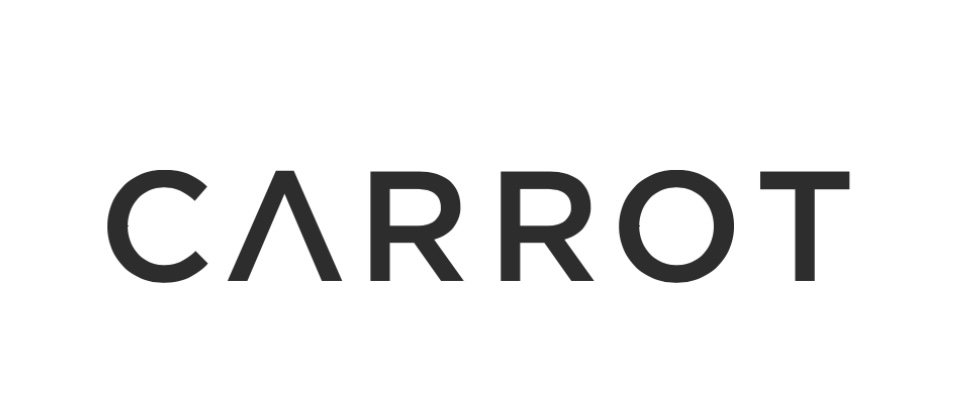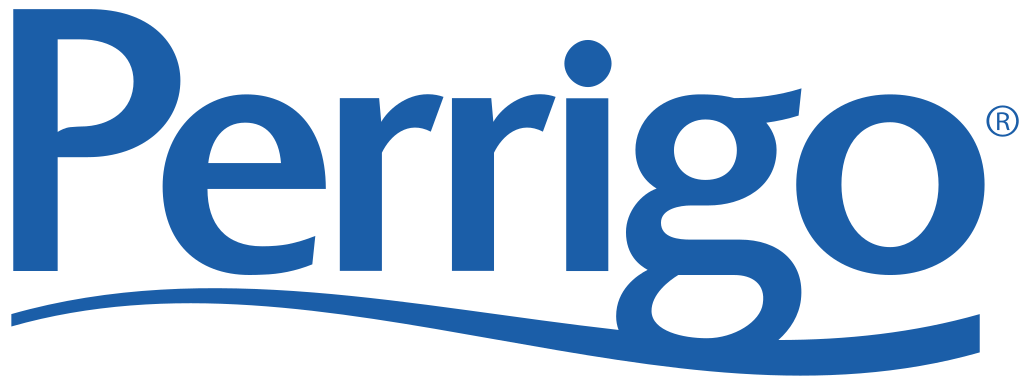Postpartum Hair Loss is Real: Here’s How to Deal with It
You’re finally catching your breath after giving birth. You’ve survived the sleepless nights, diaper blowouts, and those early “what day is it?” moments. Then one morning, you look in the mirror — and your hair is everywhere. The brush is full, the shower drain is clogged, and your once-glorious mane suddenly feels thin and flat.
Welcome to the very real (and very annoying) world of postpartum hair loss.
Wait—Why Is My Hair Falling Out After Having a Baby?
Here’s the deal: It’s totally normal. And it’s not just you.
During pregnancy, high estrogen levels keep your hair in the growth phase longer. This means less daily shedding and often thicker, shinier strands — that “pregnancy glow” is real. But after delivery, hormone levels crash, especially estrogen, and all that hair your body held onto? It starts to shed. A lot.
This condition is called telogen effluvium, and it’s basically your body hitting reset.
When Does Postpartum Hair Loss Start?
Postpartum shedding usually starts between 8 to 16 weeks after birth — just when you think you’re finally starting to feel like yourself again.
It may peak around the 3- to 4-month mark and gradually slow down by your baby’s first birthday.
How Much Hair Loss Is Too Much?
It can feel dramatic, but losing up to 300 hairs a day in the postpartum phase is considered within the normal range.
Signs it’s part of normal postpartum shedding:
• It’s diffuse (spread evenly across the scalp)
• There are no bald patches
• Your scalp isn’t irritated or inflamed
But if your hair isn’t recovering by 12 months postpartum, or you’re seeing bald spots or thinning eyebrows/lashes, it’s time to chat with a health provider. Thyroid dysfunction, iron deficiency, or other hormonal issues could be at play.
Can I Prevent Postpartum Hair Loss?
Short answer: Not entirely. It’s hormonal, and in most cases, you can’t stop it — but you can support regrowth and reduce the damage.
Here’s what actually helps:
1. Be Gentle With Your Hair
Your strands are in recovery mode. Treat them like they’ve just had a baby, too:
• Avoid tight ponytails or buns
• Ditch the heat tools for a bit (or use on low settings)
• Use a wide-tooth comb instead of a brush
• Skip harsh dyes or chemical treatments for now
2. Nourish From Within
Your body is healing — and hair regrowth starts with nutrition.
Focus on:
• Protein (eggs, chicken, tofu, legumes)
• Iron-rich foods (spinach, red meat, lentils)
• Zinc and biotin (oats, nuts, seeds)
• Omega-3s (salmon, chia seeds, walnuts)
And yes — keep taking your prenatal or postnatal vitamins. They support more than just your uterus.
3. Try Scalp Massage
A daily 5-minute scalp massage can help stimulate blood flow and promote hair growth. Use your fingertips or a soft scalp brush in circular motions — or bring in a nourishing oil like:
• Jojoba oil
• Rosemary oil (a natural growth stimulator)
• Coconut oil (anti-inflammatory and nourishing)
4. Check Your Ponytail Mentality
You might think your hair loss is worse than it really is. The postpartum ponytail “shrink” is real — but it doesn’t mean your hair won’t recover. Most women regain fullness by the 12-month mark.
5. Accept the Baby Hairs
You’ll start to see short, wispy baby hairs around your hairline or temples — often sticking straight up or out. These are signs of new growth, not more fallout. Embrace them! Use a light gel or headband and celebrate the regrowth phase.
6. Talk to a Professional If It’s Not Improving
Still shedding heavily past the 12-month mark? You may be dealing with:
• Postpartum thyroiditis (very common!)
• Anemia or low ferritin levels
• Polycystic ovarian syndrome (PCOS)
• Chronic stress or nutrient deficiency
Bloodwork with your GP or a women’s health specialist can help get to the root (literally) of what’s going on.
Real Talk: Emotional Toll Is Real Too
Let’s not sugarcoat it — postpartum hair loss messes with your confidence. Your body’s already changed, and now your hair feels like one more thing out of your control.
Here’s the truth: You are still beautiful. You are still powerful. And this season is temporary.
Try this affirmation:
“My hair is not my worth. I trust my body to rebalance and renew.”
Because it will.
Trending Mom-Approved Products for Hair Regrowth
While nothing works overnight, these options are worth exploring (after baby-safe research, of course):
• Nutrafol Postpartum — clinically tested, designed for postpartum needs
• Vegamour GRO Serum — plant-based and hormone-free
• Castor Oil Masks — OG regrowth remedy with anti-inflammatory benefits
Always check with your provider if you’re breastfeeding before starting any supplements or topicals.
Final Thoughts
Postpartum hair loss isn’t pretty — but it is powerful. It’s a sign your body is shifting, evolving, and healing from one of life’s biggest events.
Give it time. Give it grace. And give yourself the same nourishment you give your baby.
Because mama, you are regrowing — in more ways than one.
